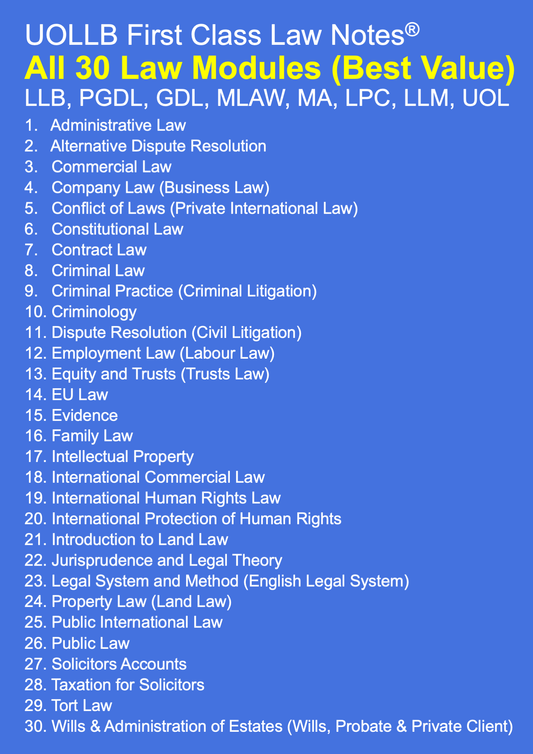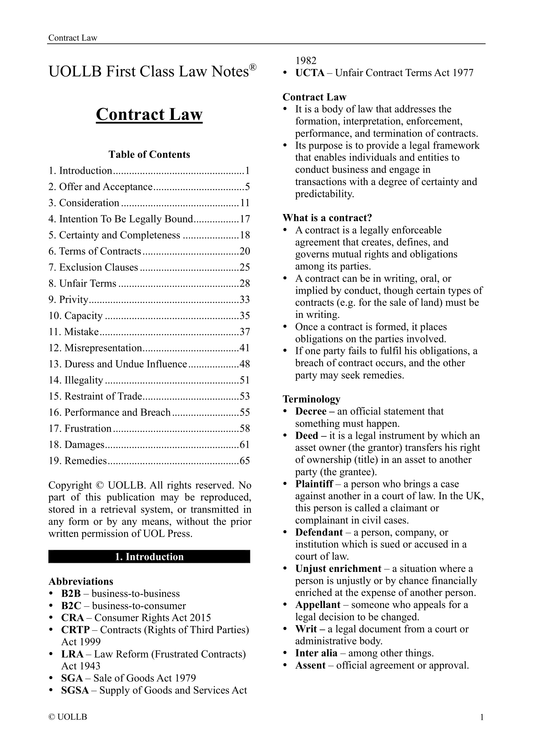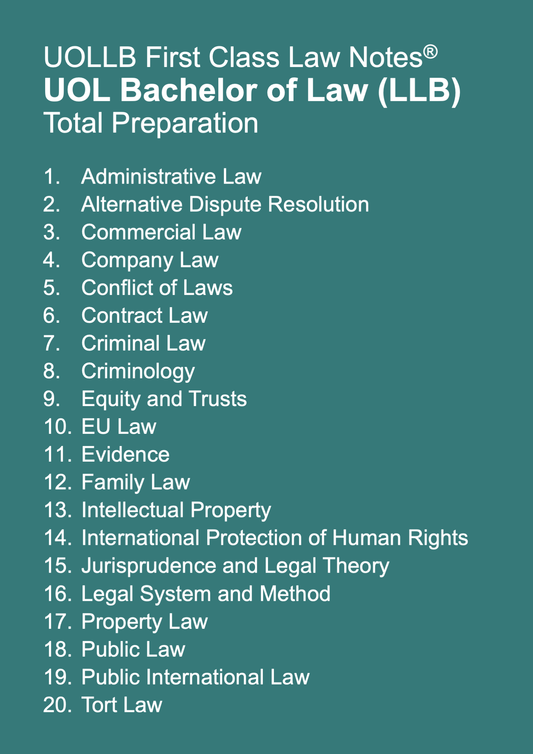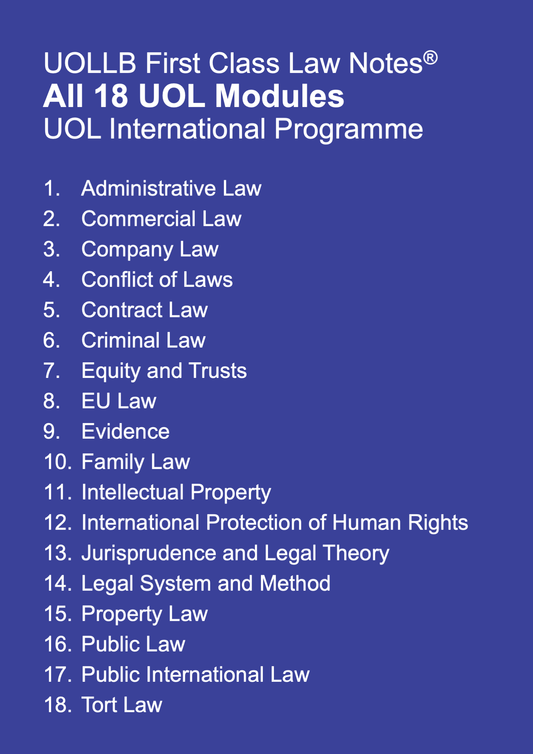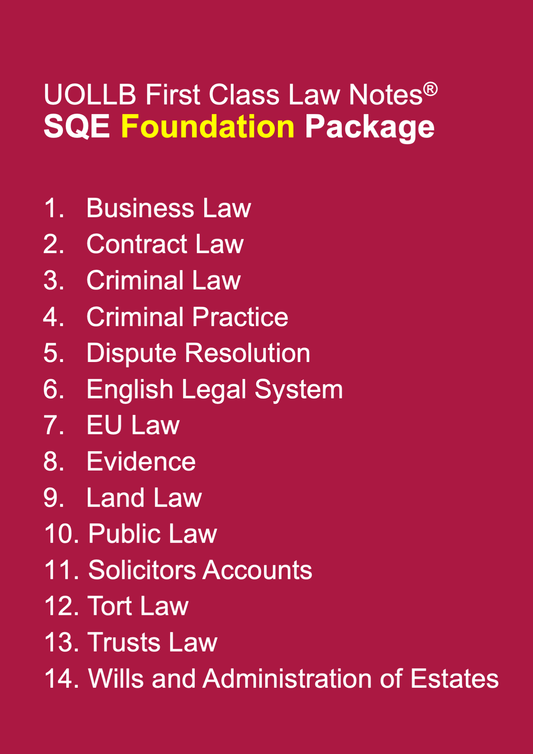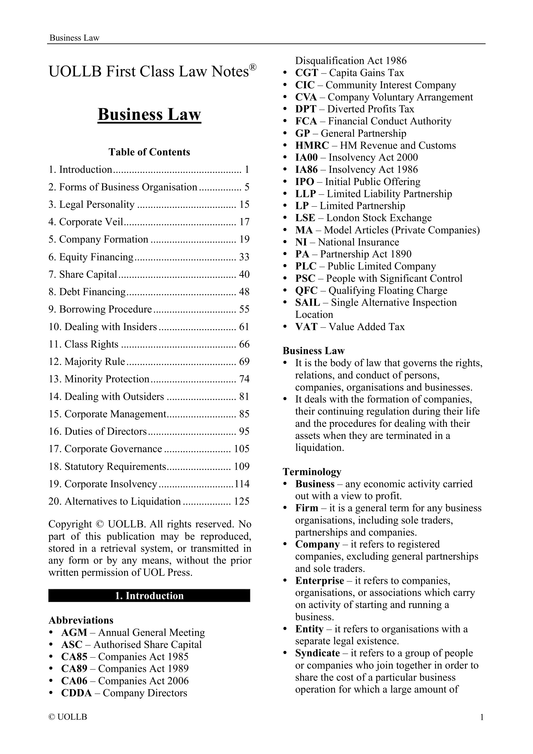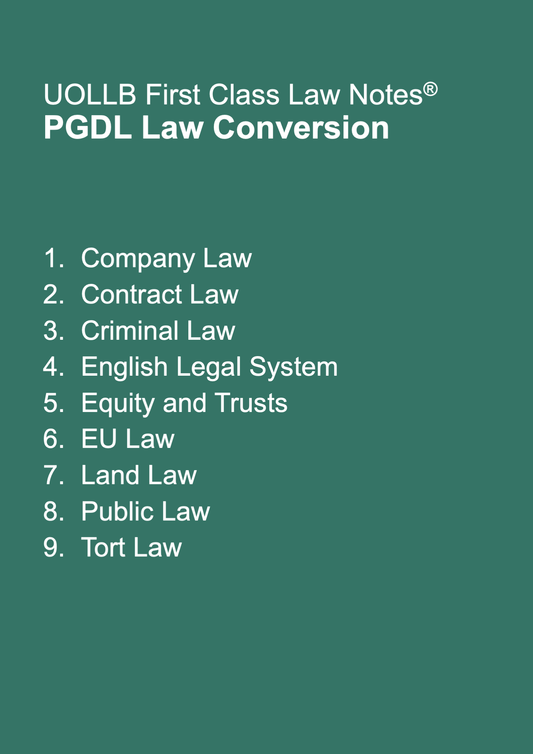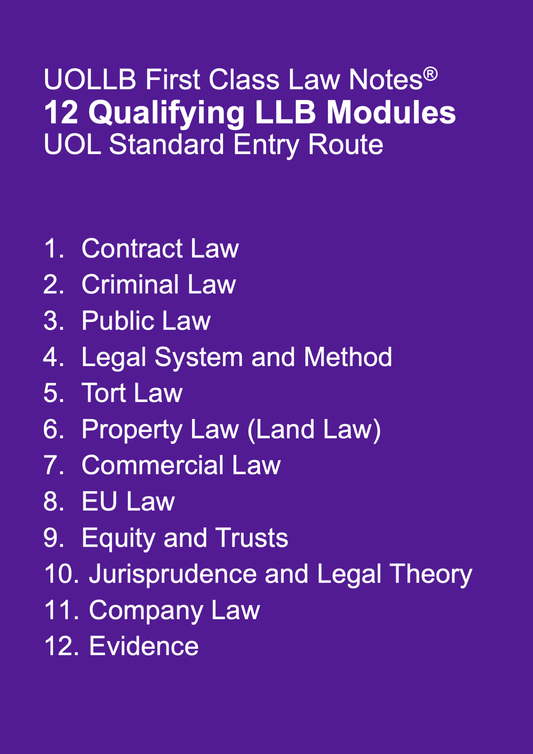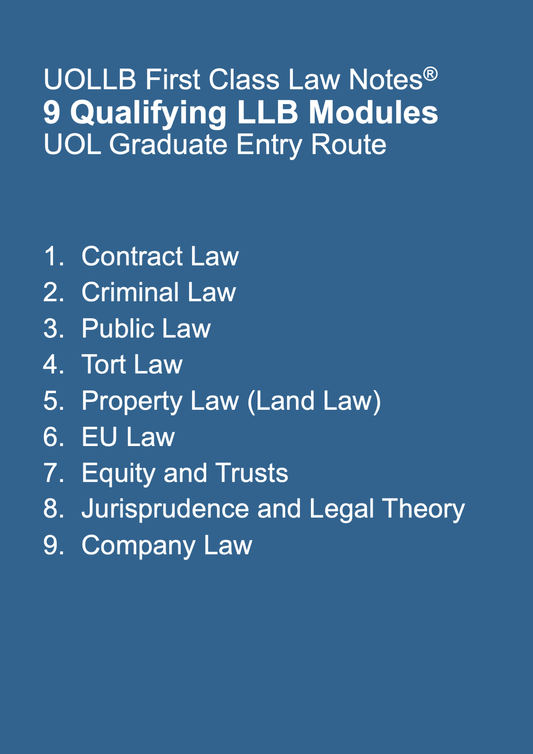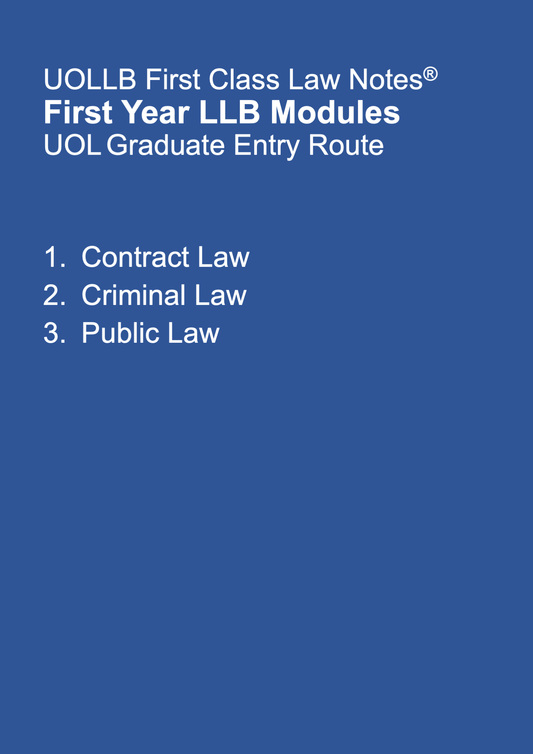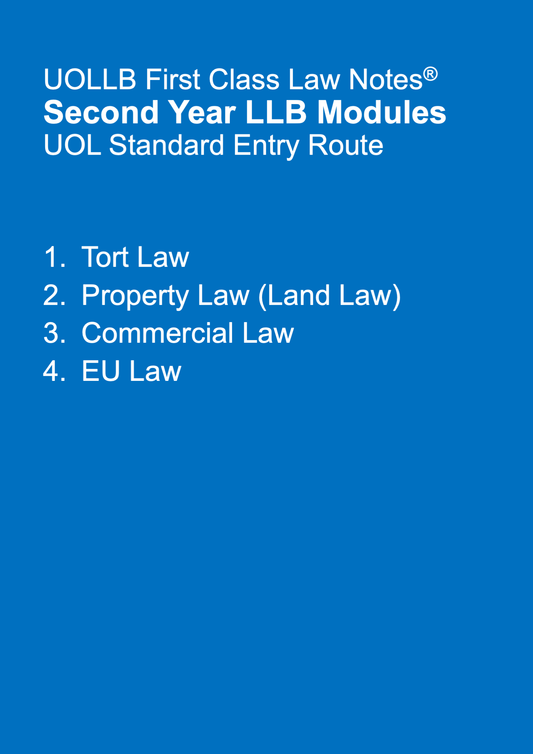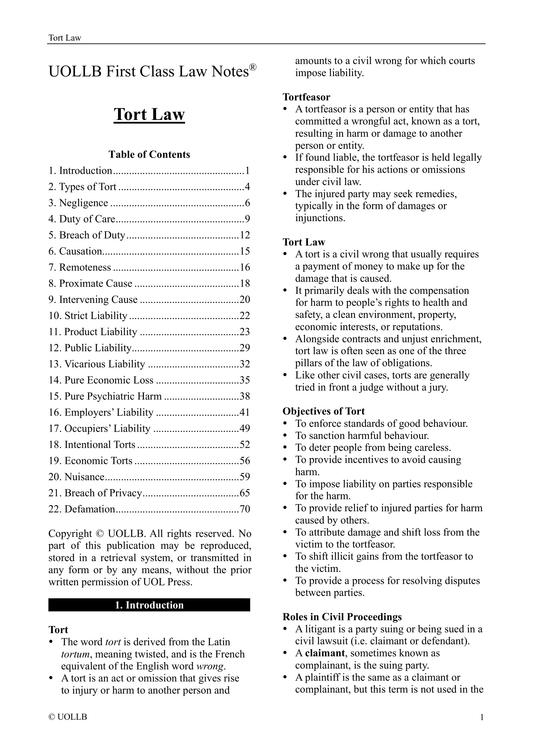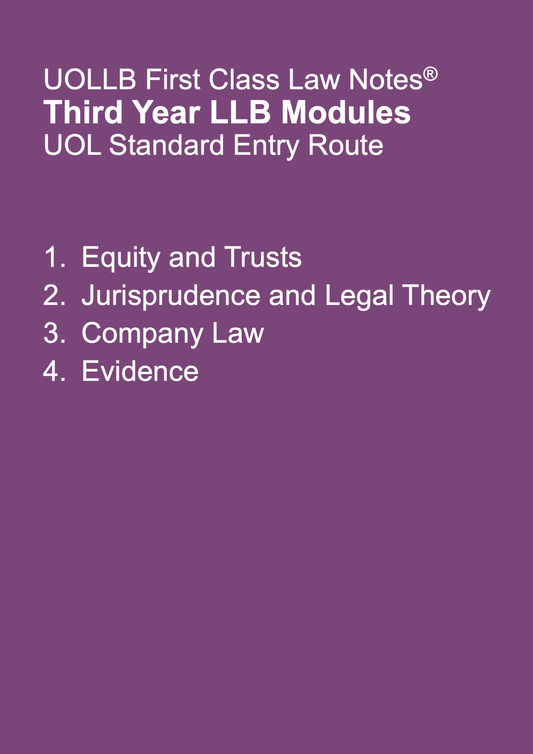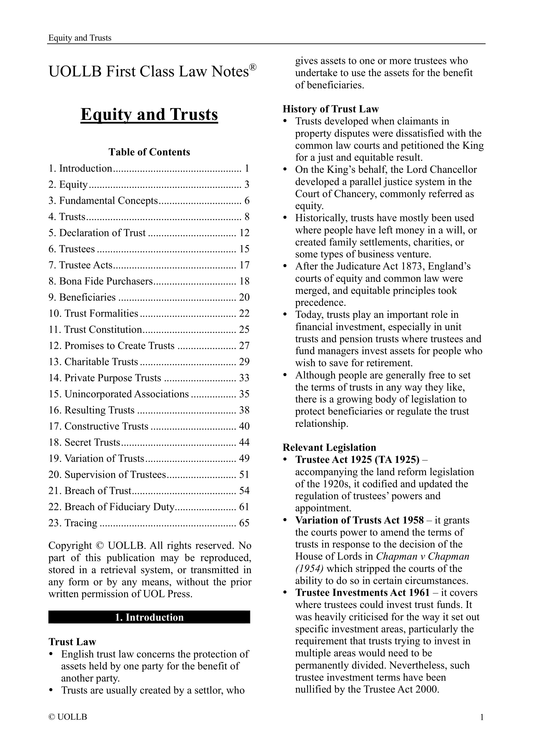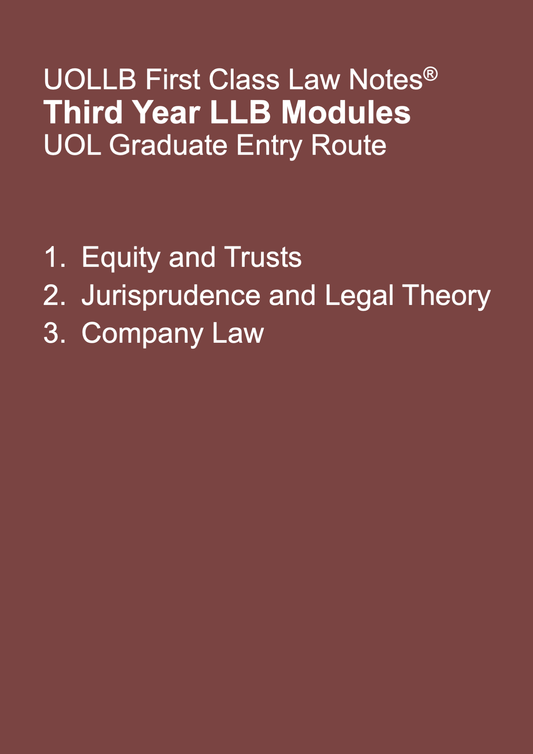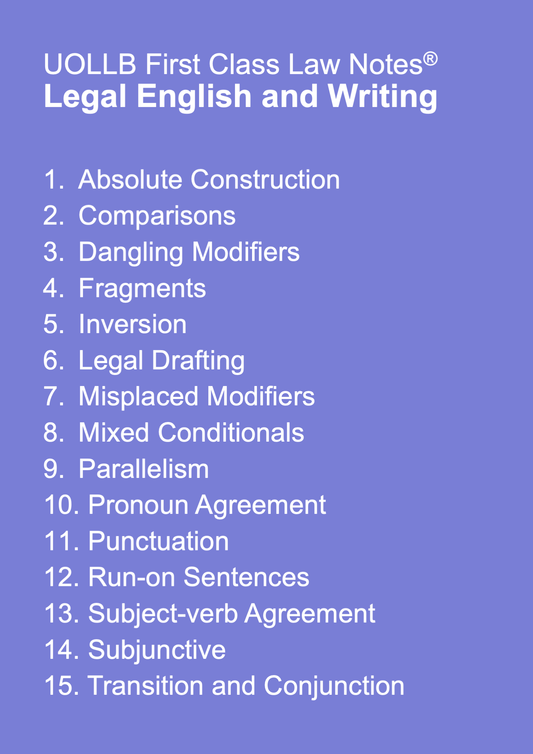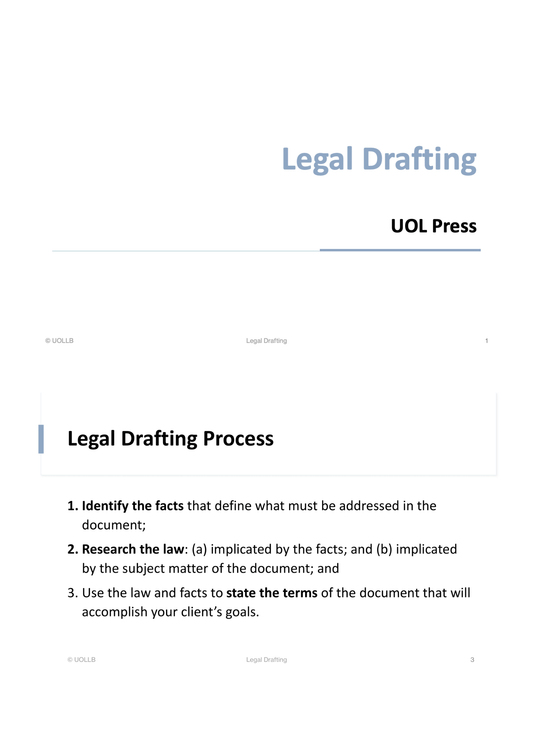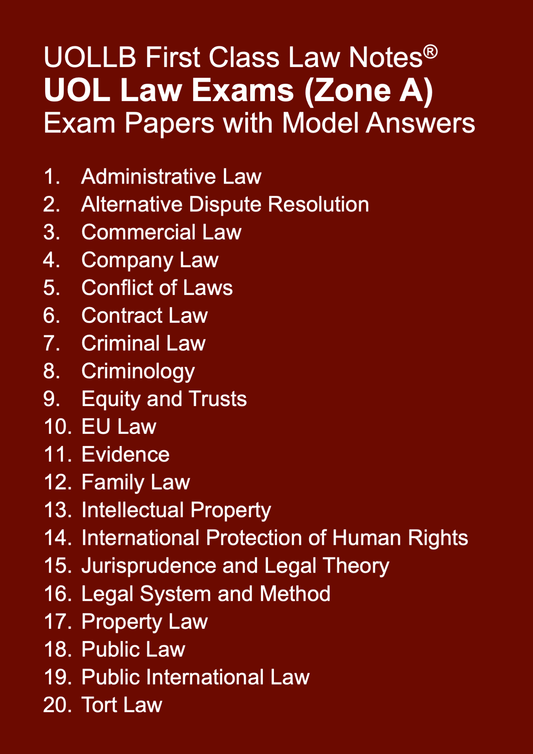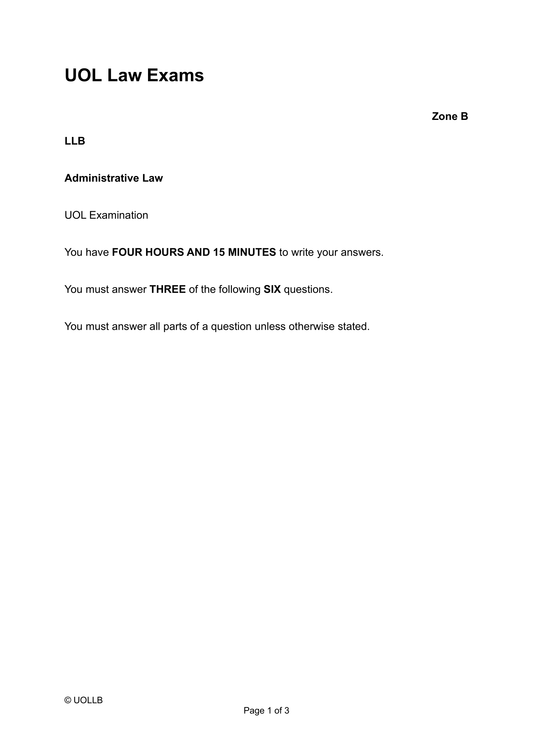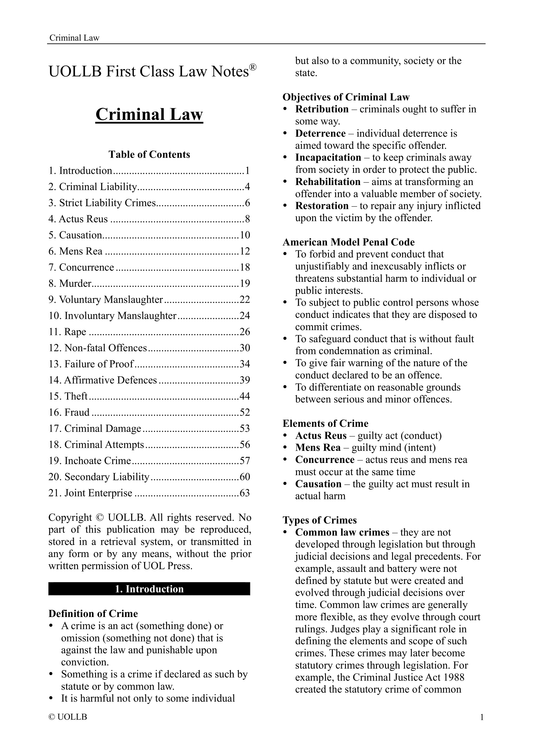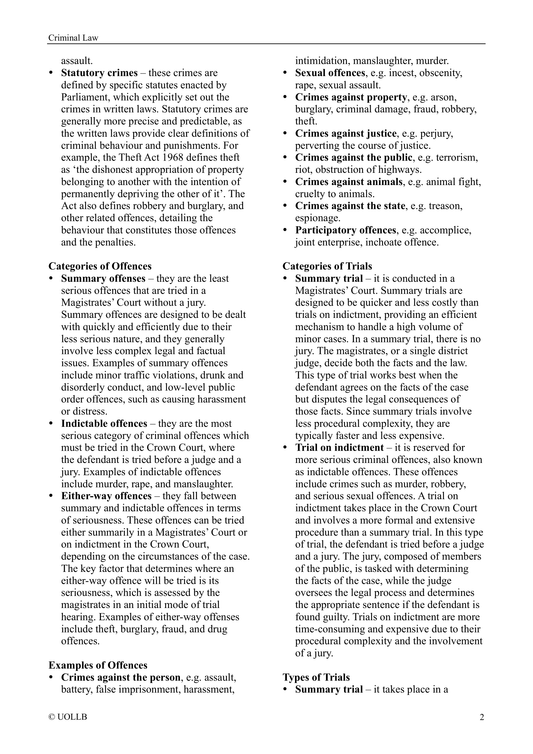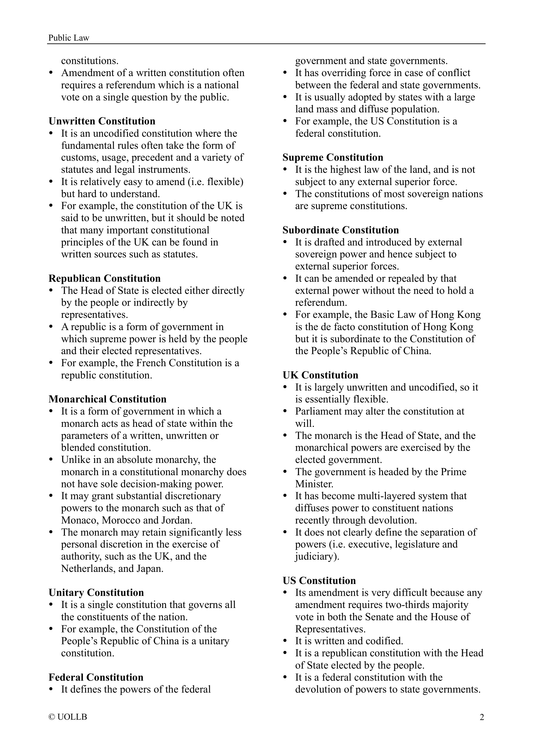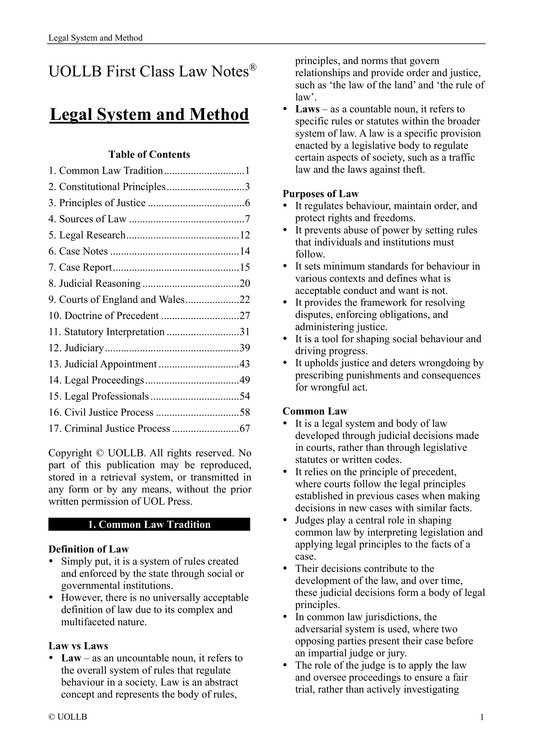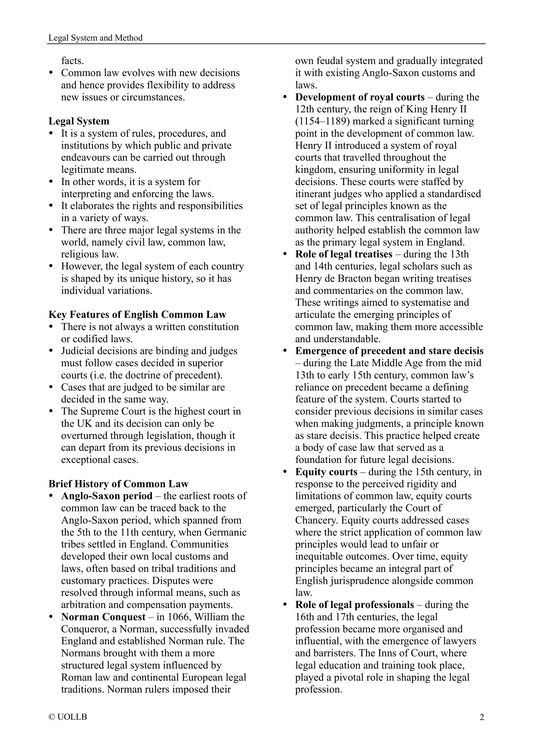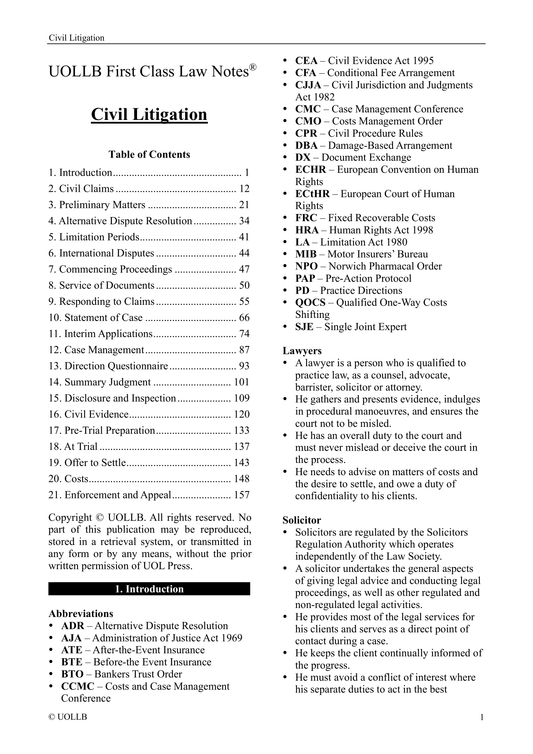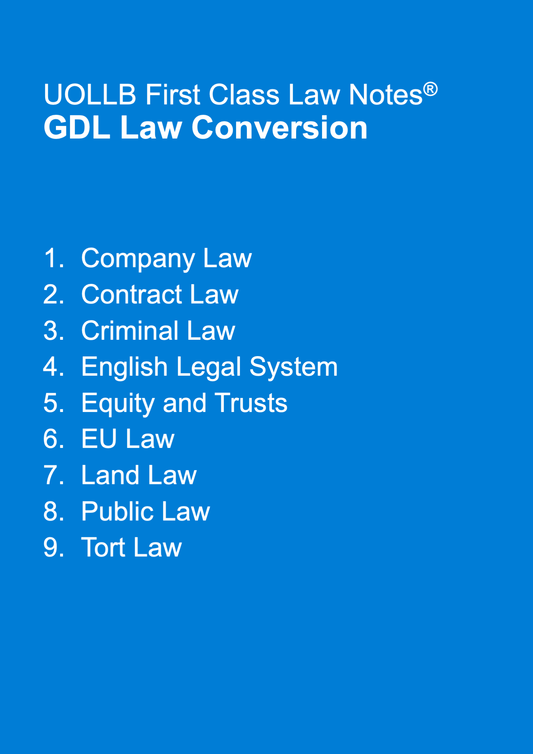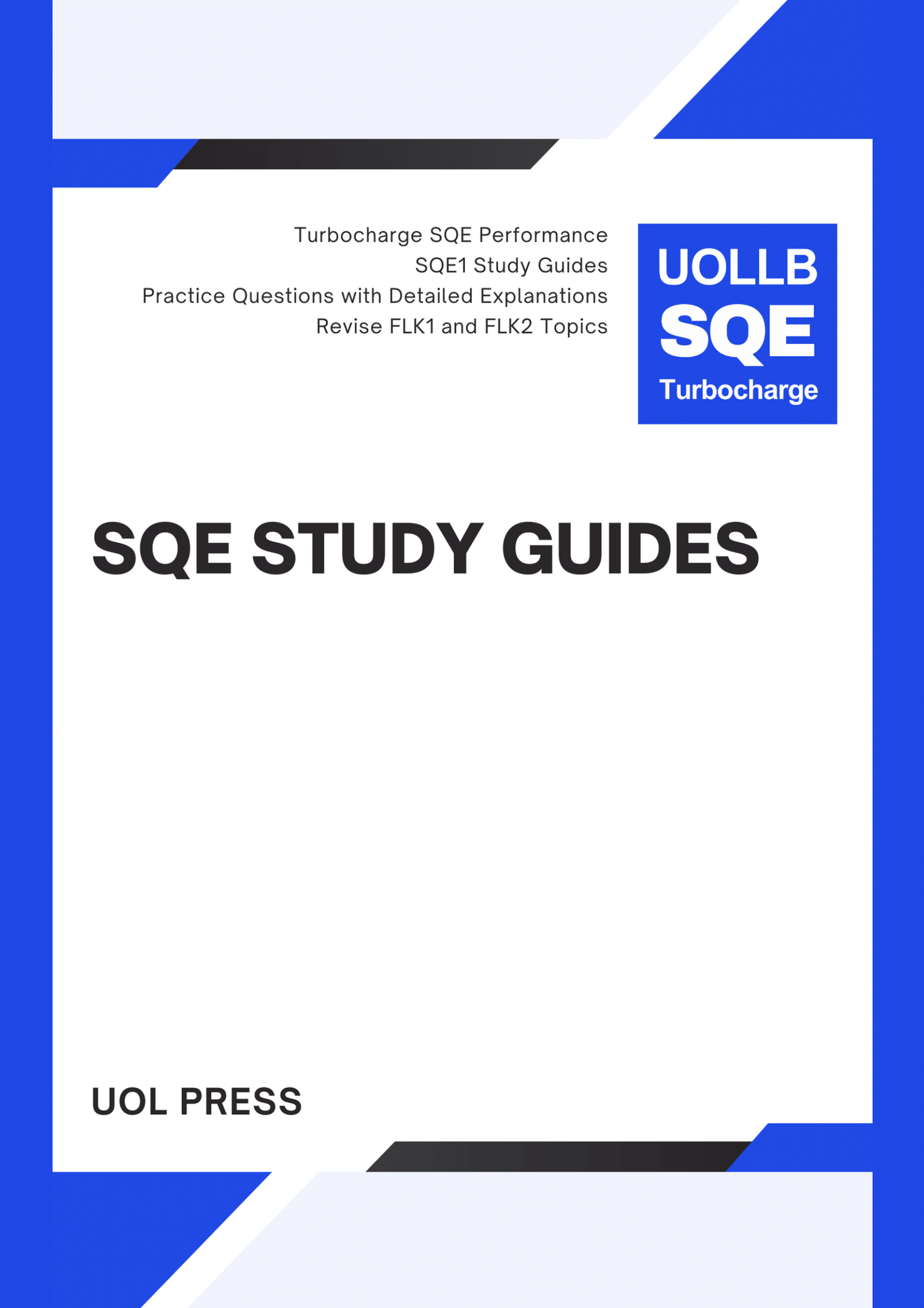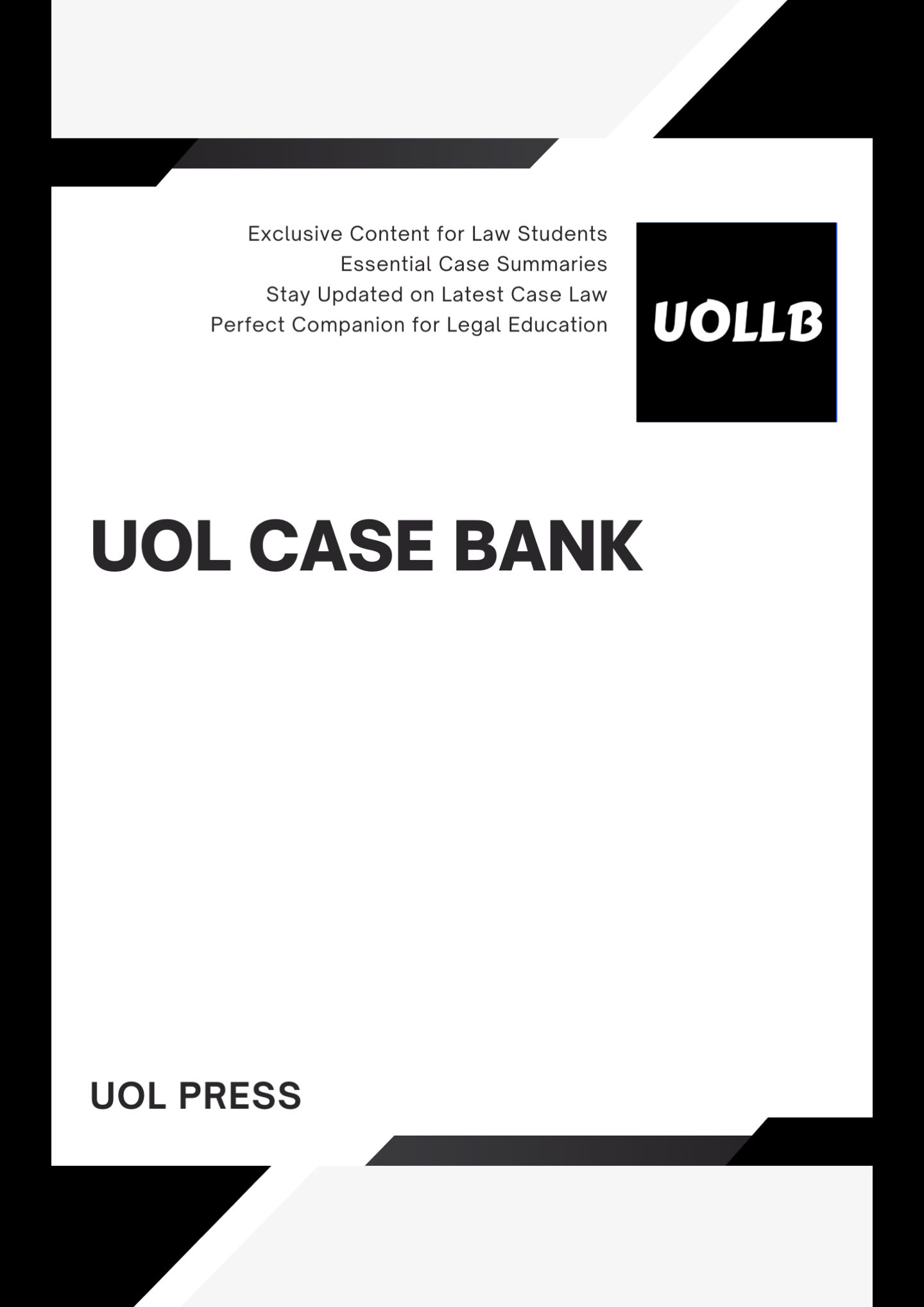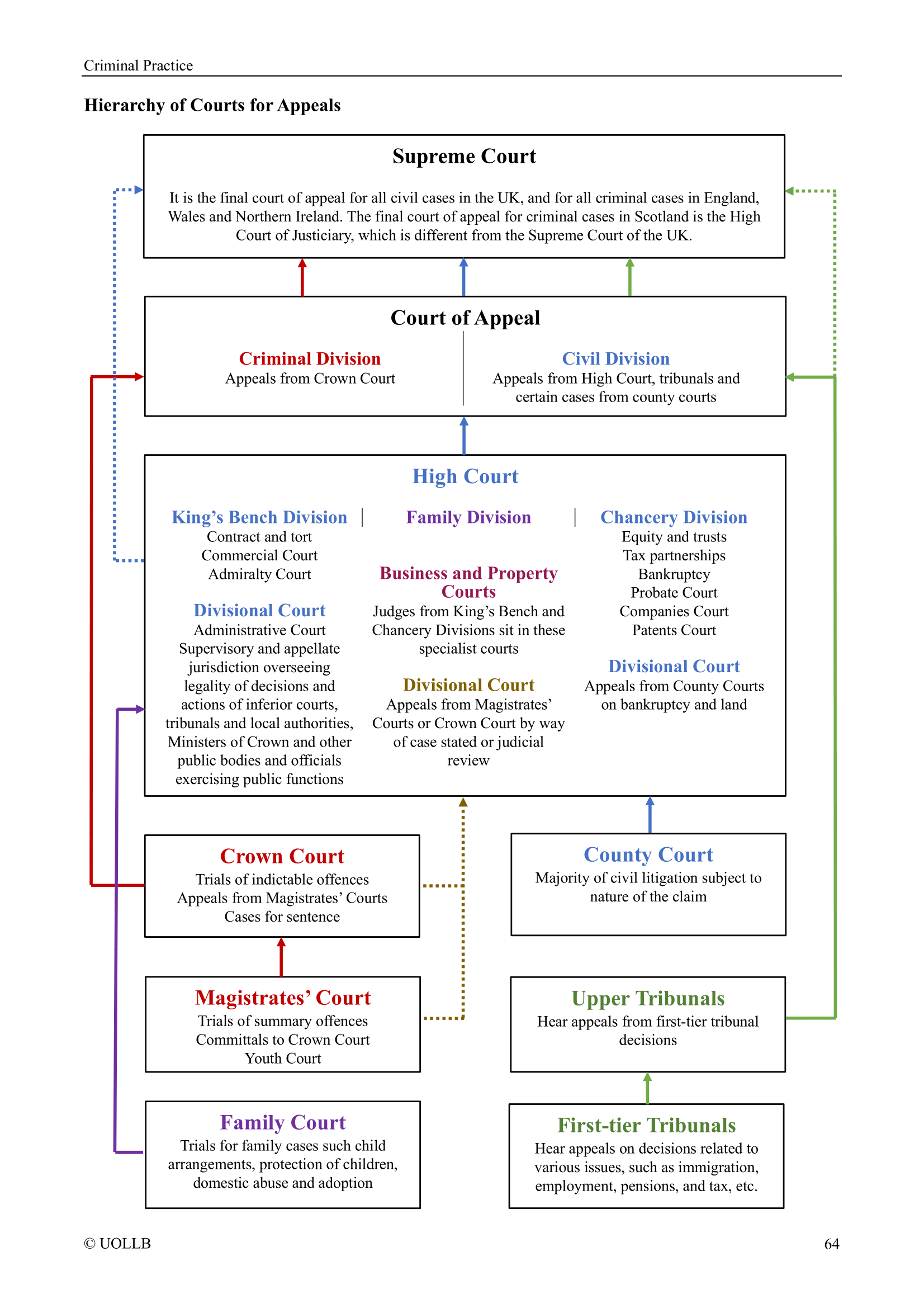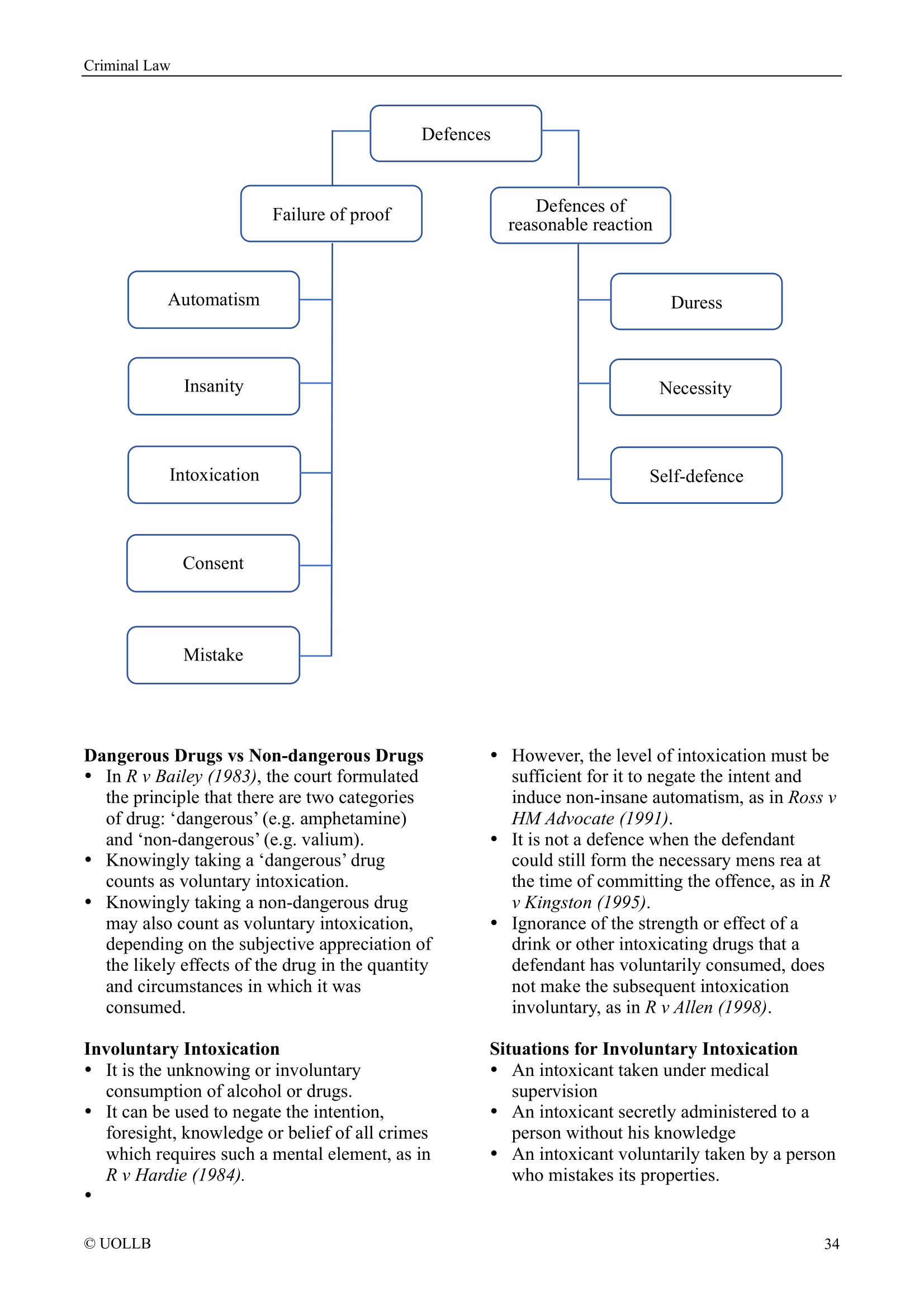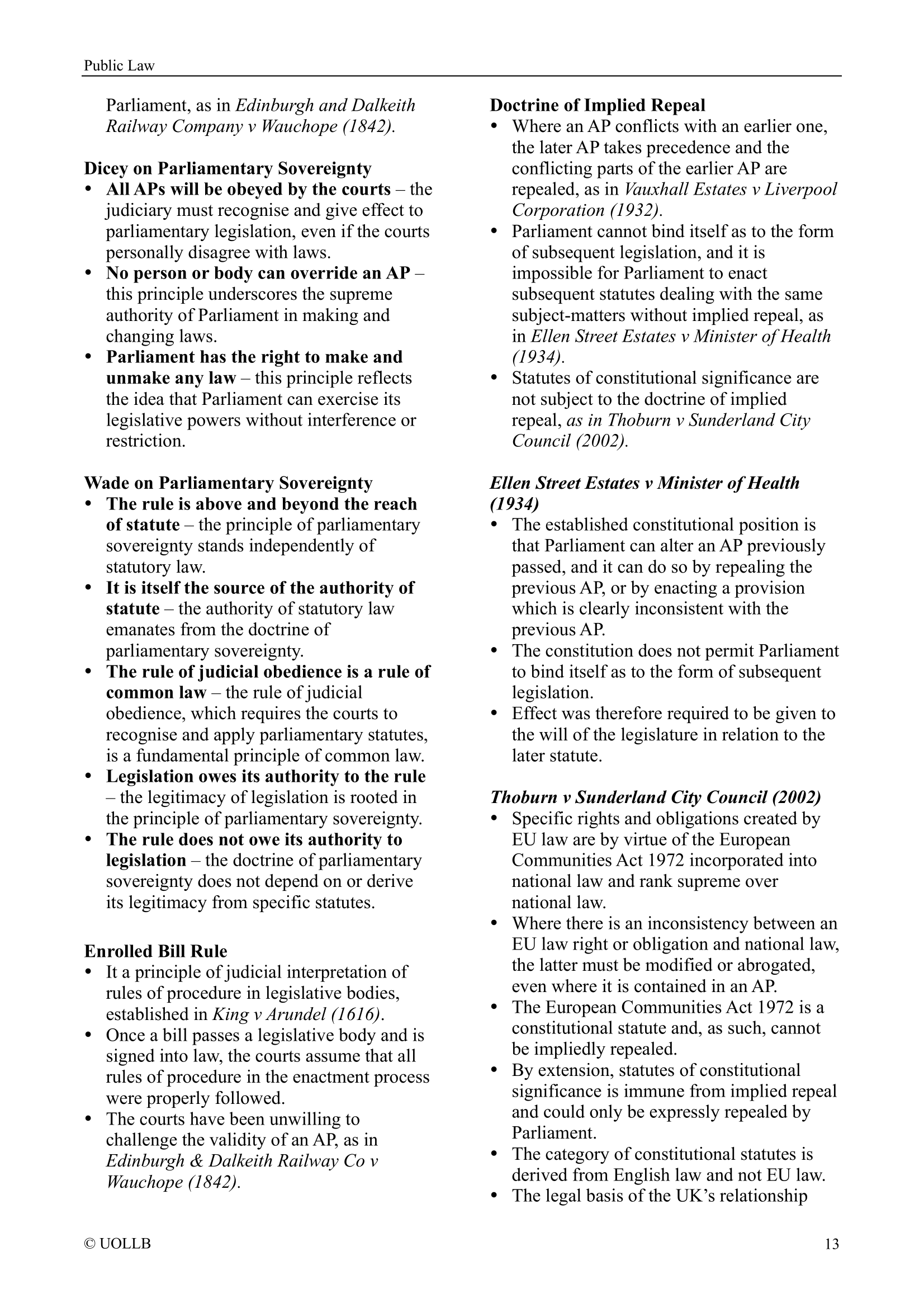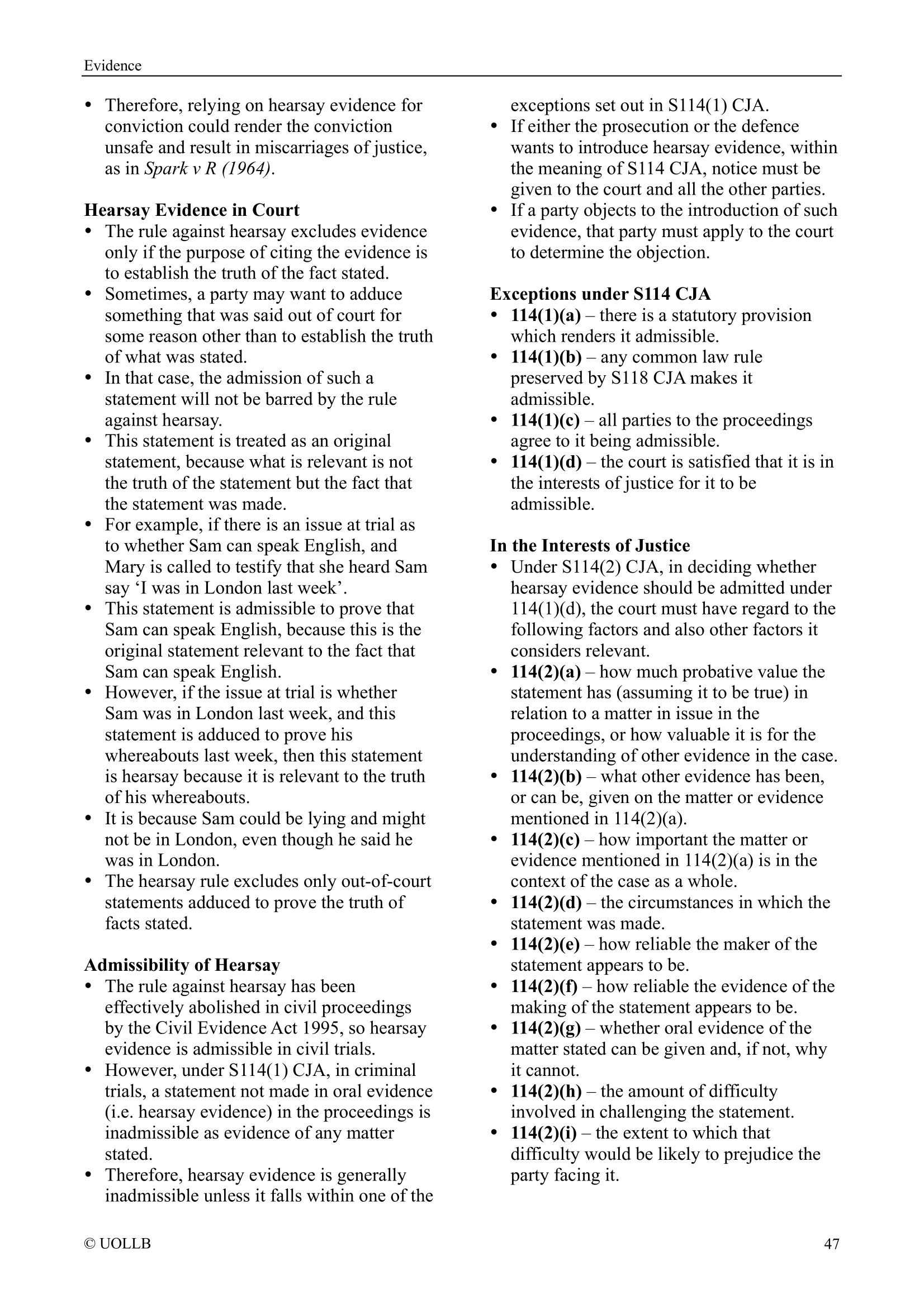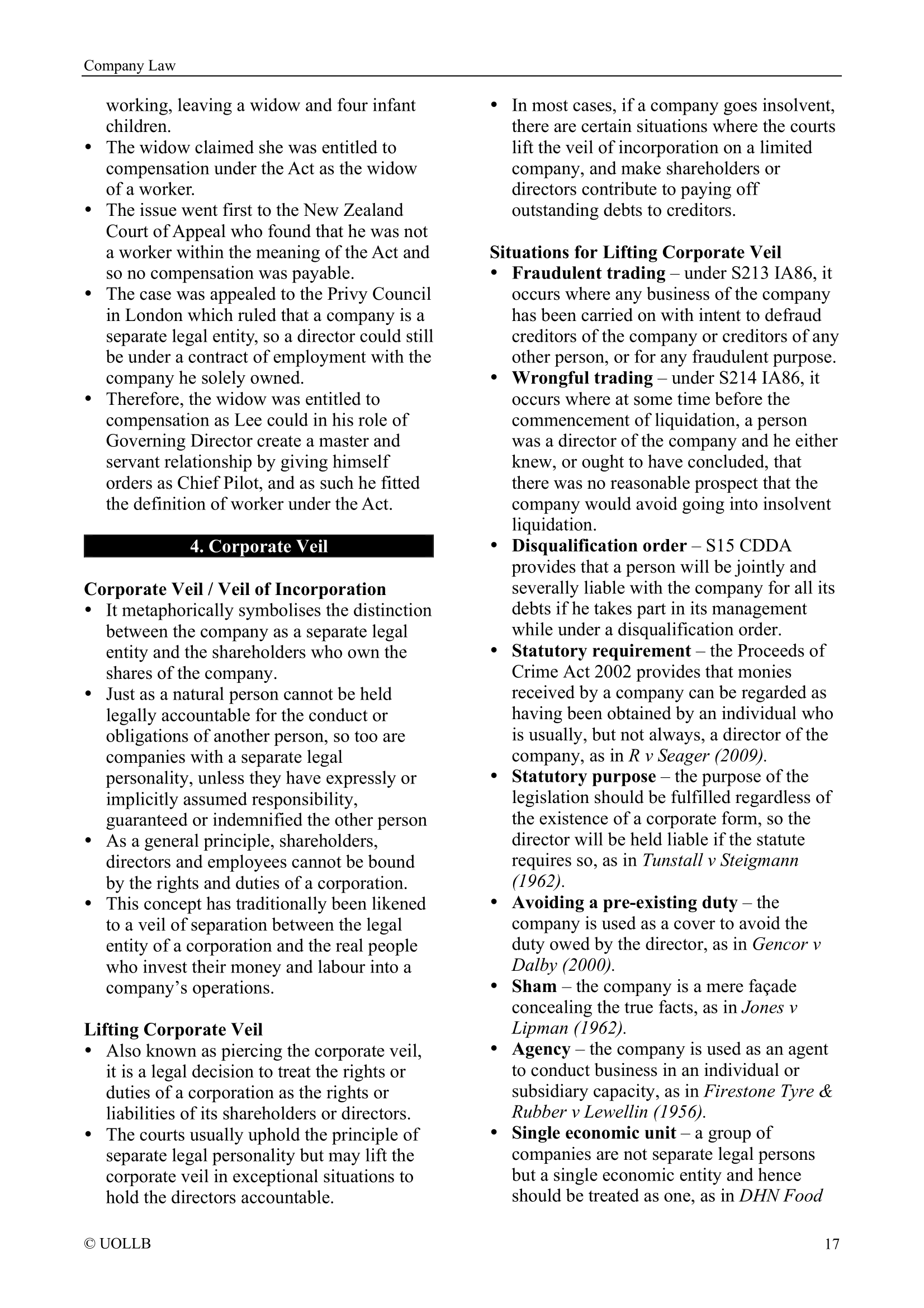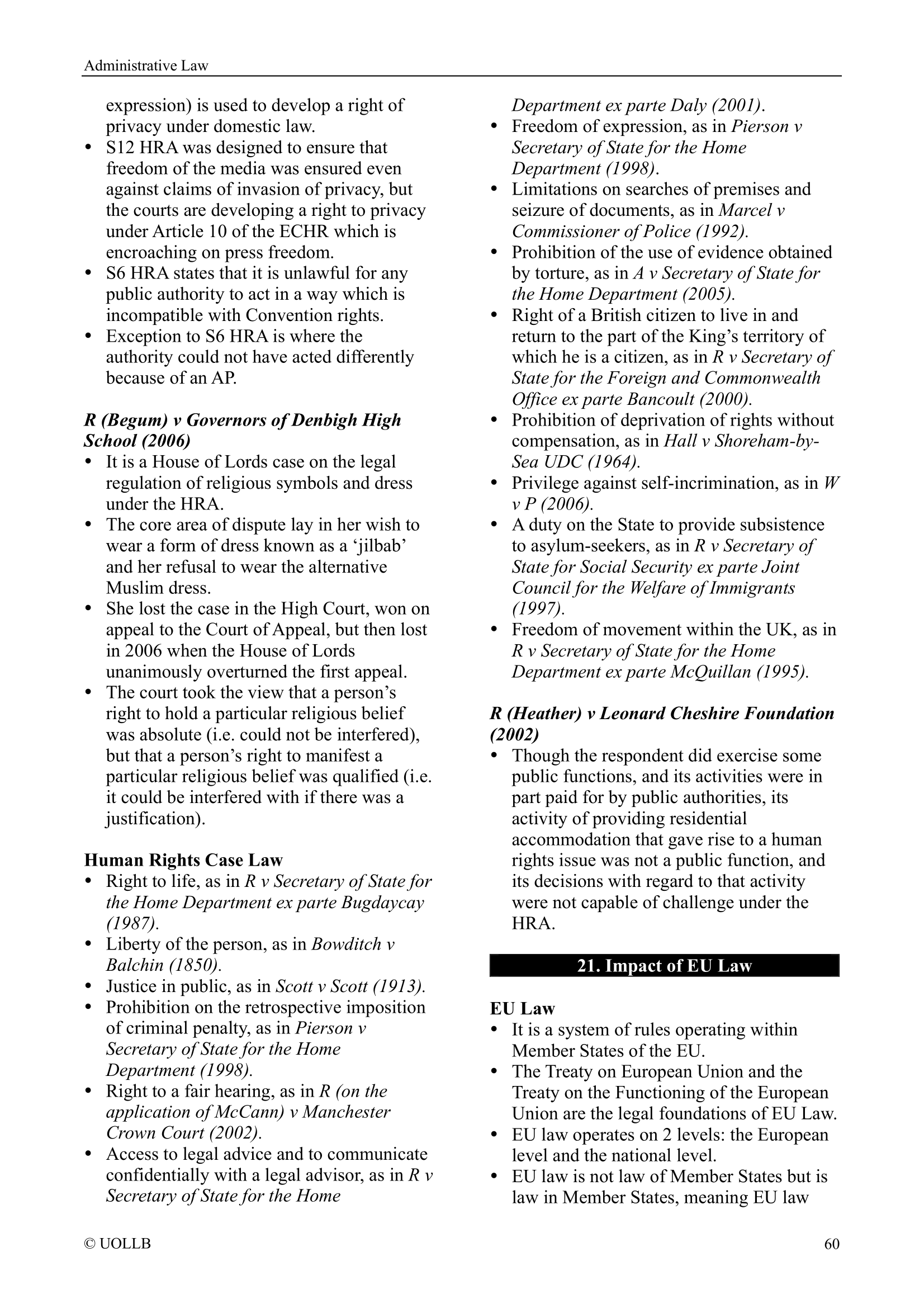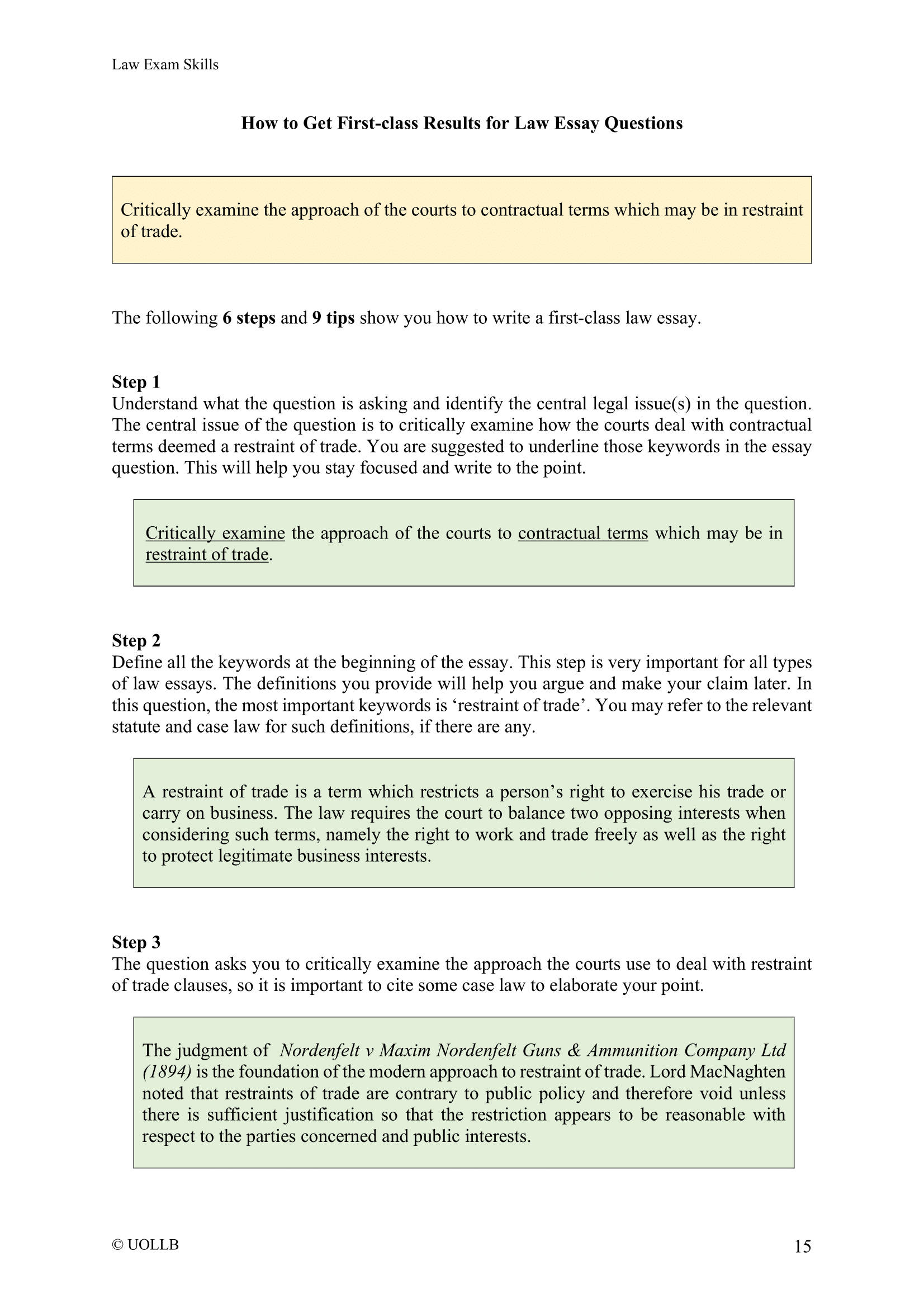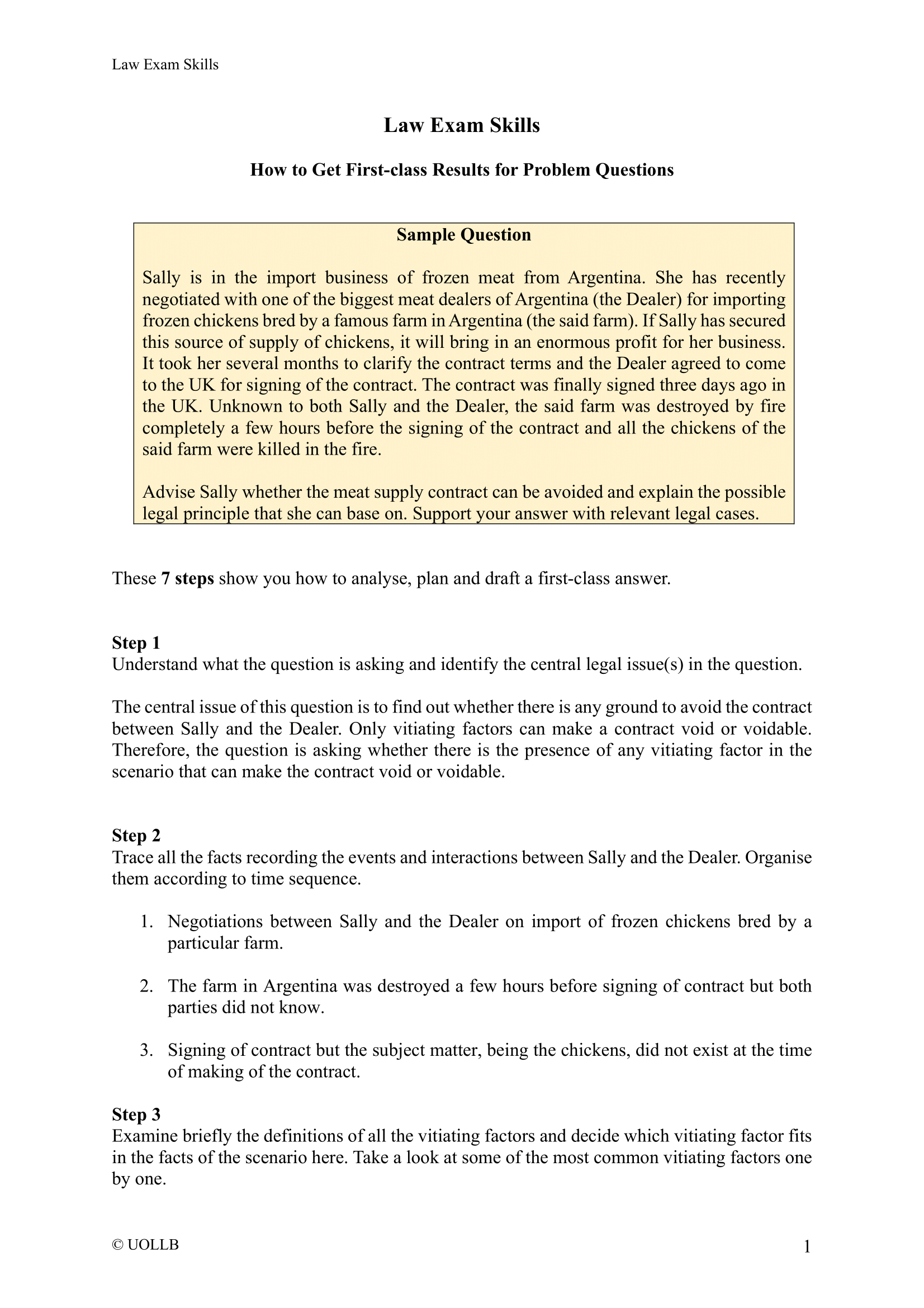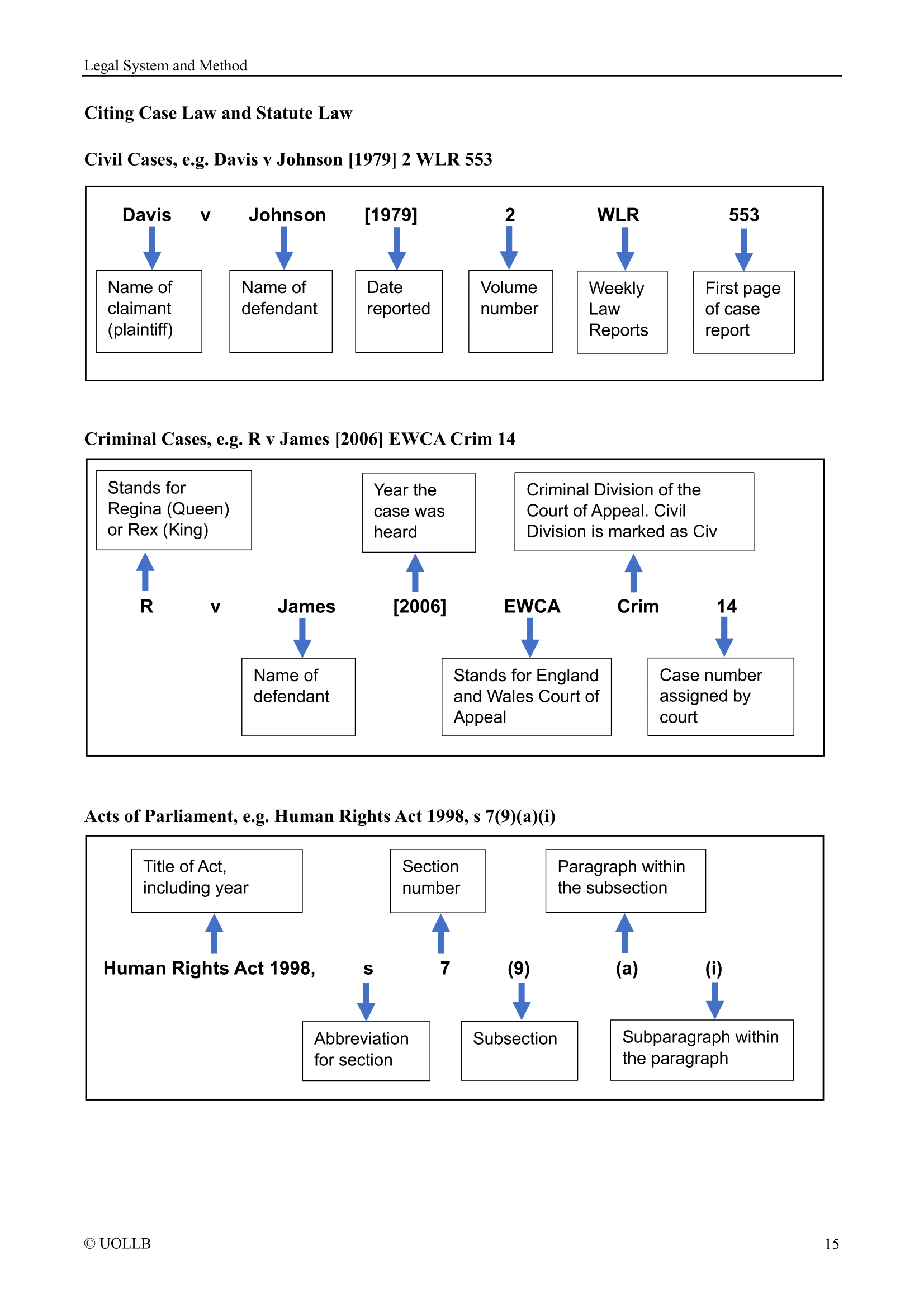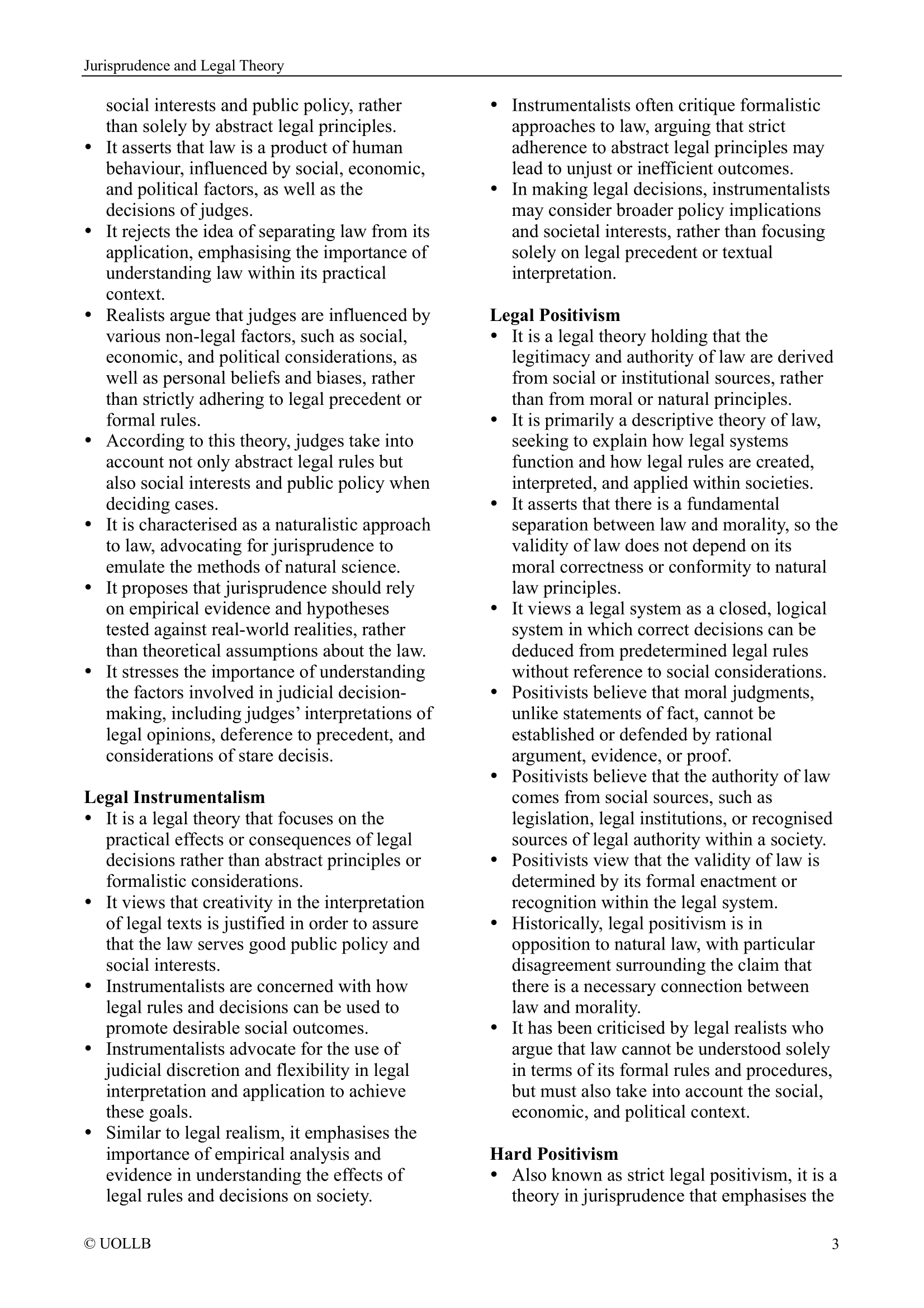UOLLB Journal Rating Descriptors
Share
The UOLLB Journal Rating Scale is designed to provide a clear and rigorous framework for evaluating the quality and impact of academic work across disciplines. Our journal rating descriptors, from the highest standard of most prestigious scholarship to emerging and non-publishable levels, highlight both excellence and areas for growth. It enables authors, researchers, and institutions to understand where their work stands within the global academic landscape, ensuring transparency, comparability, and recognition of scholarly contribution at every stage of research development.
A+ (Prestigious)
Represents the zenith of academic achievement, reserved for publications or works that define excellence in their field. A+ outputs wield world-leading influence, driving transformative change in research, policy, and practice across disciplines. They undergo the most stringent, transparent, and competitive peer-review processes, ensuring unparalleled quality and integrity. These works attract landmark research from globally renowned scholars, setting new paradigms and serving as authoritative benchmarks for innovation. Frequently cited in top-tier academic, industry, and policy contexts, A+ publications are universally recognised for their exceptional impact, methodological rigour, and enduring contributions to knowledge.
A (Prestigious)
Highly prestigious and globally respected, these publications consistently produce groundbreaking research that shapes academic discourse and influences practice across international boundaries. A-rated works maintain exceptionally high editorial and ethical standards, with rigorous peer review ensuring robust, innovative contributions. They are frequently cited in policy documents, industry applications, and academic literature, reflecting their broad interdisciplinary impact. While slightly less selective than A+, they remain authoritative, attracting leading scholars and advancing theoretical and practical frontiers in their field with remarkable consistency.
A– (Prestigious)
Recognised globally for exceptional quality and significant impact within its discipline, A– works uphold rigorous peer-review standards and contribute influential research. Though not as universally transformative as A or A+, they are highly valued for their methodological rigour, originality, and relevance. These publications attract respected researchers and are widely cited within and beyond their field, though their scope may be slightly less broad than top-tier counterparts. A– works are celebrated for their consistent excellence and ability to advance scholarly conversations on a global scale.
B+ (Leading)
Commands a strong reputation within its discipline, known for publishing influential, methodologically robust research. B+ works demonstrate consistent editorial integrity and attract contributions from reputable institutions and established scholars. They are valued for their ability to address significant questions or challenges within the field, often shaping academic discussions and earning frequent citations. While their impact may be more discipline-specific than prestigious ratings, B+ publications maintain high scholarly standards and contribute meaningfully to advancing knowledge in their domain.
B (Leading)
Well-regarded within its academic field, B-rated works produce credible, peer-reviewed research that adds substantial value to the discipline. They are respected for their reliability, methodological soundness, and relevance, though their scope or influence may be more specialised or regionally focused compared to higher tiers. These publications occasionally feature notable works that spark discussion within their field, but they are less likely to achieve broad interdisciplinary impact. B-rated works are valued for their consistent contributions to ongoing scholarly debates and their accessibility to a wide academic audience.
B– (Leading)
Maintains acceptable scholarly standards with peer-reviewed research that is reliable but has a more modest impact or narrower focus. B– works are valued within specific subfields or regional contexts, offering dependable contributions to academic knowledge. Their citation rates and audience reach are typically lower than higher B ratings, and they may lack the innovation or breadth of top-tier publications. These works are suitable for researchers seeking to engage with specialised topics or contribute to incremental advancements in their discipline.
C+ (Reputable)
Represents distinguished PhD-level research, valued for its meaningful contributions to niche academic communities. C+ works demonstrate originality, depth, and strong methodological rigour, making them suitable for building a doctoral researcher’s academic profile. They are peer-reviewed, exhibit high scholarly standards, and often address specialised or emerging topics within a field. While their impact may be limited to specific subdisciplines, C+ works are recognised for their role in advancing scholarly conversations and fostering intellectual development at the doctoral level.
C (Reputable)
Reflects average doctoral-level research that meets established scholarly and methodological standards. C-rated works are peer-reviewed and contribute useful insights to their field, though they may lack the originality, depth, or broader impact of higher-rated doctoral research. They demonstrate competence in academic writing, research design, and critical analysis, making them suitable for doctoral candidates establishing their expertise. These works are valued within academic settings but are typically confined to specific subfields or practical applications.
C– (Reputable)
Represents doctoral-level work that meets minimum scholarly standards but falls below average for PhD research. C– works are peer-reviewed and credible but may be exploratory, regionally focused, or less methodologically robust. They are suitable for early-stage doctoral research, pilot studies, or contributions to niche areas with limited broader impact. While they contribute modestly to academic knowledge, their scope and influence are narrower, and they may exhibit minor methodological or theoretical limitations.
D+ (Emerging)
Denotes high-quality master’s-level research, demonstrating strong critical analysis, applied knowledge, and methodological competence. Comparable to a 70+ (A range) postgraduate standard, D+ works are suitable for publication in specialised or applied journals. They exhibit clear engagement with academic literature and address practical or theoretical questions with relevance to specific fields. These works are valued for their clarity, focus, and potential to contribute to professional or academic contexts, though they may not push the boundaries of innovation.
D (Emerging)
Represents average master’s-level research that meets fundamental scholarly requirements but lacks significant originality, scope, or broader impact. Comparable to a 60–69 (B range) postgraduate standard, D-rated works are reliable and demonstrate basic competence in research and academic writing. They are suitable for applied research, coursework-related projects, or contributions to practical fields, but their scholarly value is limited by a focus on established knowledge rather than transformative insights.
D– (Emerging)
Denotes master’s-level work that meets minimum academic standards but is below average for postgraduate research. Comparable to a 50–59 (C range) postgraduate standard, D– works are acceptable for small-scale, instructional, or applied research projects. They may exhibit minor methodological weaknesses, limited theoretical engagement, or a narrow scope, making them suitable for foundational studies or practical applications with minimal scholarly impact. These works are often used in coursework or early-stage research training.
E+ (Developing)
Represents strong undergraduate-level research, showcasing a solid understanding of academic methods, critical engagement with literature, and coherent argumentation. Comparable to a 70+ (A range) undergraduate standard, E+ works demonstrate analytical depth and methodological clarity, standing out in undergraduate contexts. They are suitable for advanced coursework, capstone projects, or preliminary research that shows promise for further academic development, contributing modestly to academic discussions.
E (Developing)
Reflects average undergraduate-level research that meets basic academic expectations with competent but foundational contributions. Comparable to a 60–69 (B range) undergraduate standard, E-rated works demonstrate an understanding of scholarly methods and critical analysis but are limited in originality, depth, or sophistication. They are suitable for coursework, introductory research projects, or assignments that engage with established concepts, offering modest contributions to academic learning.
E– (Developing)
Denotes below-average undergraduate-level work that demonstrates basic competency in research and writing but offers minimal scholarly contribution or novelty. Comparable to a 50–59 (C range) undergraduate standard, E– works meet minimum academic requirements but lack analytical depth or innovation. They are suitable for basic academic exercises, introductory assignments, or projects with limited research ambition, providing foundational engagement with academic concepts.
F (Fail)
Non-publishable and lacking scholarly credibility, F-rated works fail to meet academic standards. They may contain unreliable or unverified information, methodological flaws, or ethical shortcomings, such as predatory publishing practices that may cause reputational damage to the author. Comparable to below a 50 (D or fail range) undergraduate standard, these works are not recommended for academic dissemination. They lack rigour, originality, and integrity, undermining their value in scholarly contexts and potentially harming the reputation of researchers or institutions associated with them.
